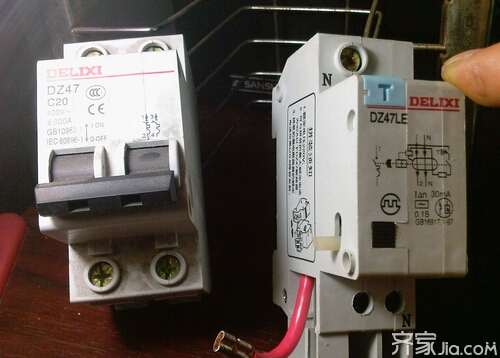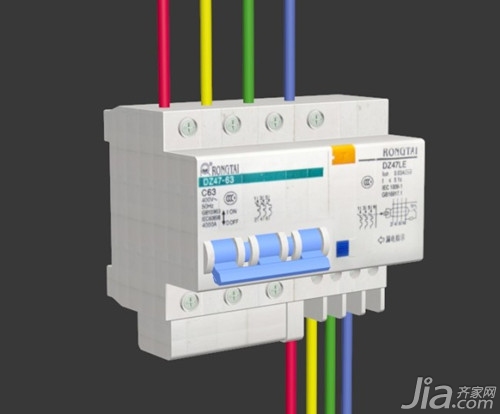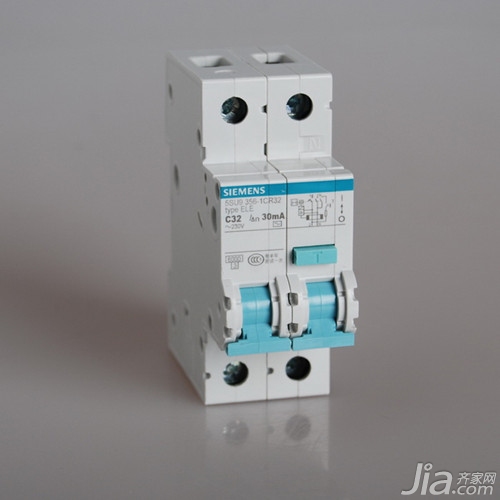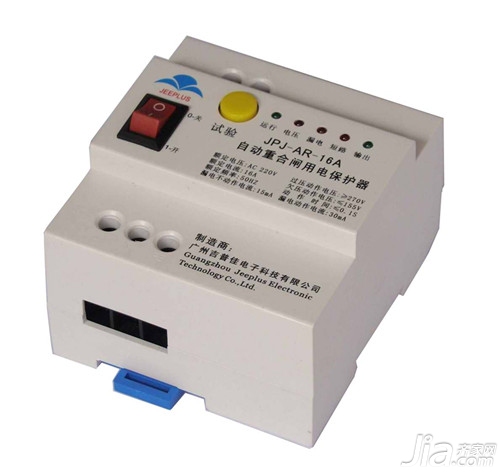Speaking of the leakage protector, everyone should be familiar with it. However, the principle of the leakage protector is not very clear. In fact, the principle of the leakage protector is not complicated. It is the protection device when the home power supply is overloaded or short-circuited. Remind everyone to check the current electricity situation and stop the unsafe behavior. There are current leakage protectors inside the home, because more and more electric appliances are used in homes, and the use of electricity is dangerous. We need a leakage protector to protect us . The principle of electric leakage protector What should you pay attention to when using it? Leakage current protector, referred to as leakage switch, also known as leakage circuit breaker, is mainly used to protect the life of the equipment when there is a leakage fault, and it has life-threatening and dangerous personal contact protection. It has overload and short circuit protection functions and can be used to protect the overload of the circuit or motor. With short circuit, it can also be used as the start of infrequent conversion of the line under normal conditions. Leakage protectors are mainly composed of three parts: detection components, intermediate amplification components, and operating actuators. Its working principle is: The leakage protector is installed in the line, the primary coil is connected with the line of the power grid, and the secondary coil is connected with the release in the leakage protector. When the electrical equipment is in normal operation, the current in the line is balanced and the sum of the current vectors in the transformer is zero (the current is a vector with direction, for example, the outflow direction is “+†and the return direction is “-â€. The currents in and out of the transformers are equal in magnitude and in the opposite direction, with positive and negative offset. Since there is no residual current in the primary coil, the secondary coil is not induced, and the switching device of the leakage protector is in a closed state. When the device shell leakage occurs and someone touches it, it will produce a shunt at the fault point. This leakage current will return to the neutral point of the transformer (without current transformer) through the body-earth-earth grounding, resulting in the inflow and outflow of the transformer. The current is unbalanced (the sum of the current vectors is not zero) and the primary coil generates residual current. Therefore, the secondary coil is induced, and when the current value reaches the limited operating current value of the leakage protector, the automatic switch trips and shuts off the power supply. 1. The leakage protector is applicable to the low-voltage power distribution system where the neutral point of the power supply is directly grounded or is grounded through a resistor or reactance. For systems where the neutral point of the power supply is not grounded, it is not appropriate to use a leakage protector. Because the latter cannot constitute a leaky electrical circuit, even if a ground fault occurs, a rated operating current greater than or equal to that of the leakage protector is generated, the protector cannot be operated in time to cut off the power supply circuit, or the leakage can be formed by relying on the human body to connect the fault point. The circuit causes the leakage protector to operate and cuts off the power supply circuit. However, this is still not safe for the human body. Obviously, the condition of the grounding device must be provided. When the leakage occurs in the electrical equipment and the leakage current reaches the operating current, it can immediately trip within 0.1 second and the main power circuit is cut off. 2. The neutral conductor N of the leakage protector protection circuit shall pass the zero-sequence current transformer. Otherwise, after turning on, there will be an unbalanced current that will cause the leakage protector to malfunction. 3. Zero-crossing protection line (PE) is not allowed to pass the zero-sequence current transformer. When the protection line (PE) passes through the zero-sequence current transformer, the leakage current passes through the zero-sequence current transformer through the PE protection line, resulting in current cancellation, and no leakage current value can be detected on the transformer. In the event of a fault, the leakage protector does not act and does not provide protection. 4. The neutral conductor of the control loop cannot be grounded repeatedly. On the one hand, when the ground is repeated, under normal operating conditions, part of the operating current returns to the neutral point of the power supply through repeated grounding, and an unbalanced current will appear in the current transformer. When the unbalanced current reaches a certain value, the leakage protector will malfunction; on the other hand, when the leakage occurs due to a fault, the leakage current on the protection line may also pass through the individual line of the current transformer and return to the neutral point of the power source to cancel out. The transformer's leakage current causes the protector to reject the action. 5. The working neutral line N and the protection line (PE) behind the leakage protector cannot be combined into one. If the two are integrated into one body, leakage current flows back through the current transformer when there is a leakage failure or body electric shock, and the result is similar to the case 3, causing the leakage protector to reject the action. 6. The lines between the protected electrical equipment and the leakage protector cannot touch each other. If line contact or neutral contact occurs, the zero-sequence balance current value will be destroyed immediately, causing malfunction of the leakage protector. In addition, the protected electrical equipment can only be installed in parallel after the leakage protector. To ensure correctness, it is also not allowed to connect electrical equipment to the connection of the experiment button. What is the principle of the leakage protector? I believe everyone now knows that the leakage protector can automatically trip and power down in the event of an electrical leakage fault. It has a great protective effect on our safety, so everyone must not be less when carrying out home renovations. Leakage protector installation and use. Summary: Leakage protector is an important protection component of the home power supply. If there is no such device, some undetectable faults will occur. In addition, when using leakage protection, we must pay attention to what is discussed in the article. We must seriously look at it. The relevant information on the principle of the leakage protector is introduced here for everyone. I hope this article will be helpful to everyone. If you still have something you don't understand, you can leave a message to Xiaobian at the bottom. We will answer your questions as soon as possible. Home Furnishing
For portable gas stoves contains 120g and 220g of
Butane. Primus liquid petroleum (LP) gas is formulated for the greatest
reliability and performance. It combines butane, propane and 150-butane. Help
us save the environment. aerosol refill cassette butane lighter gas
Cassette Gas,Picnic Cassette Cookers,Outdoor Cooking Gas,Camping Cook Gas ZHEJIANG ZHONGLAN REFRIGERATION TECHNOLOGY CO.,LTD , https://www.uiszl.com
First, what is a leakage protector? Second, leakage protection principle: 

Third, the use of leakage protection device precautions: 
2. Logo label is workable.
3. Plastic or metal nozzle, metal valve, multi-filled adaptor
4. Can (Iron) Fe.
5. National standard, MSDS.